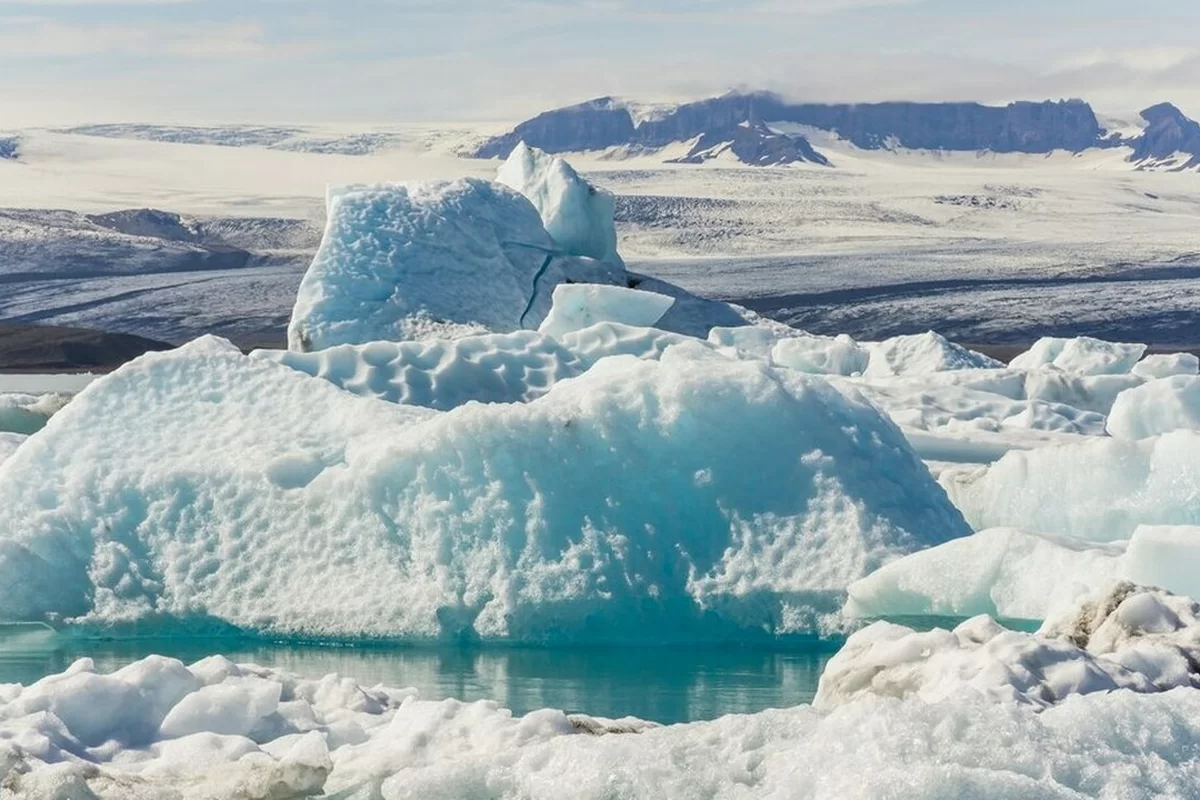The Andes are a long mountain range that runs through countries such as Peru, Chile and Bolivia. Glacial reserves provide water for drinking, agricultural irrigation and electricity generation, but are steadily declining due to climate change.
According to studies, the annual loss of ice thickness reaches 70 centimeters, which is 35% higher than the global average. The main factor is global warming: reduced snowfall, increased frequency and intensity of rains and droughts. If the current trend continues, the region will face a shortage of water needed for life support and agriculture. Low-income rural settlements dependent on mountain streams are particularly vulnerable.
Scientists are pressing for urgent reductions in global carbon dioxide emissions to slow the melting process. Without urgent action, they argue, irreversible consequences will occur in as little as two decades.
